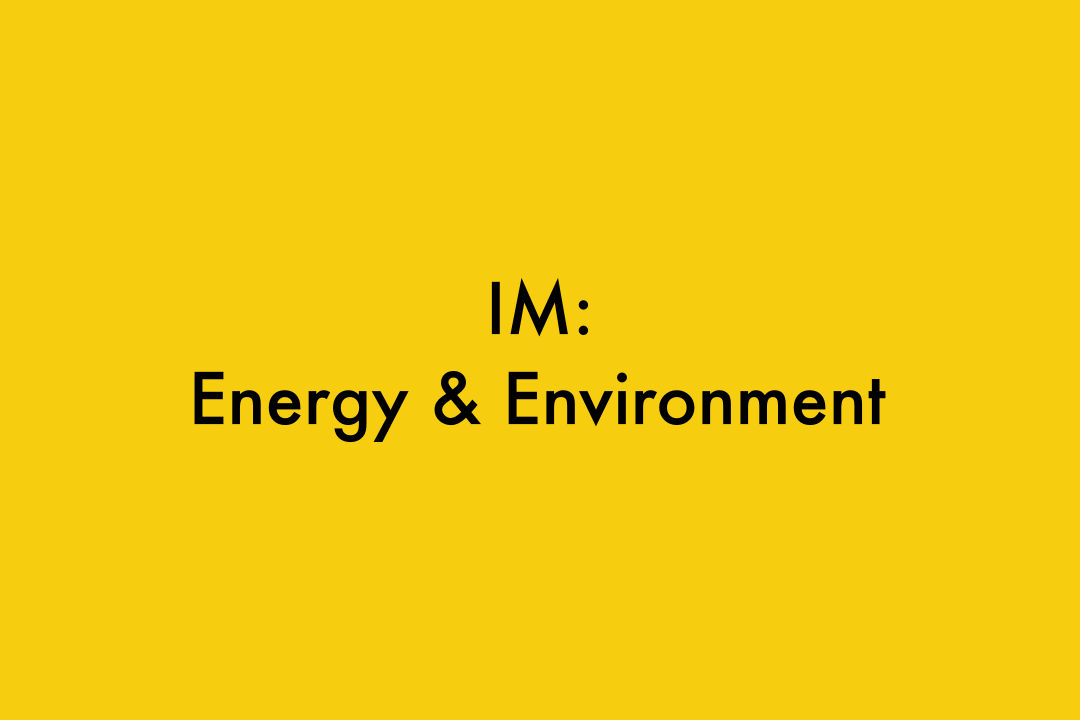
Theme / Topic:
Energy and Environment / Sustainable Energy Storage Systems for Urban Built Environment
Authors:
M. Suci, Rita Arbianti, Heri Hermansyah
Bacterial lipase has been developed lately because of its advantage to produce with large scale. Culture of Bacillus subtilis was grown to produce lipase in Waste Cooking Oil (WCO) using submerged fermentation (SmF) method. The enzyme activity of the culture was improved by using different concentration of inoculum, substrate, nitrogen source, inducer, and Ca2+ ion at 30oC for 84h fermentation. Lipolytic activity of crude lipase was determined using titrimetric method with hydrolysis reaction. Maximum activity of lipase (4.96 U/mL) was found at 5% (v/v) inoculum, 4% (v/v) WCO, 0.5% (w/v) yeast extract, 0.25% (v/v) olive oil, and 10 mM Ca2+ that present in medium culture. Later, the crude lipase has been dried with spray dryer and resulting 17.33 gr of dry lipase powder per 500 mL crude lipase.
Published on IOP Conference Series: Earth and Environmental Science, Institute of Physics Publishing, 1755-1307
Click here to view details.
